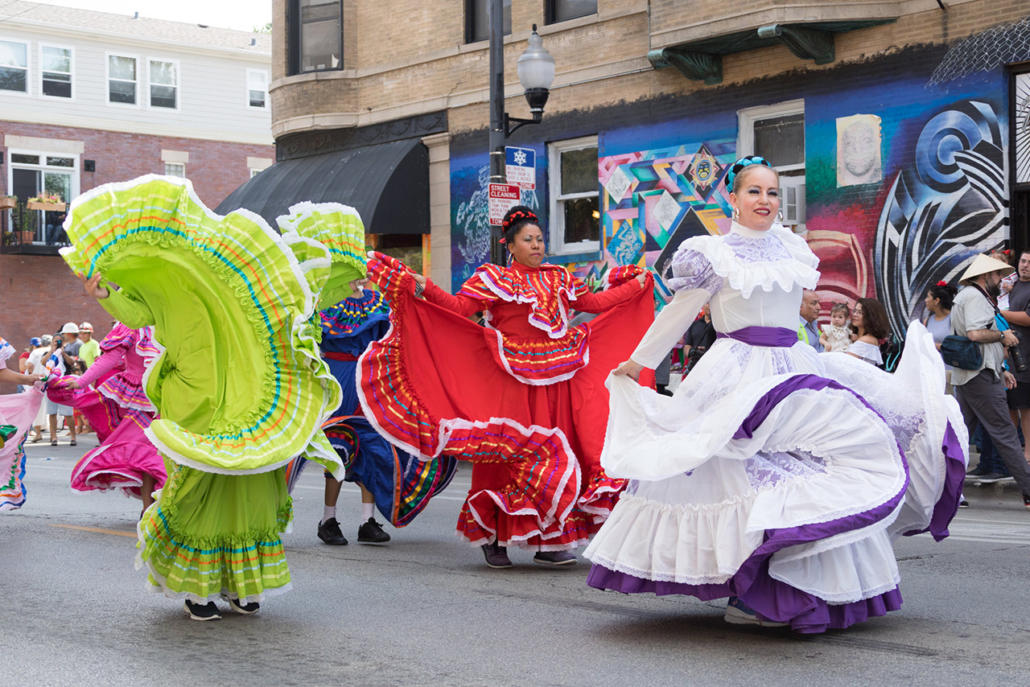Designing Tomorrow: Discover the 5 Key Trends That Will Transform Interiors in 2024

As we move towards the future, the world of interior design is undergoing a remarkable transformation. In the quest for innovative and inspiring spaces, designers are embracing new concepts and ideas that go beyond mere aesthetics. In this article, we will explore five key trends that are set to revolutionize interiors in 2024. From sustainable and eco-friendly spaces to the integration of technology and the resurgence of nature-inspired designs, these trends will shape the way we live, work, and interact with our surroundings. Join us on this journey as we uncover the exciting possibilities that lie ahead and discover how these trends will redefine the concept of interior design in the near future.
The Importance of Keeping Up with Design Trends
Welcome to the future! Interior design is constantly evolving, and staying ahead of the trends is crucial for creating spaces that are not only visually appealing but also functional and future-proof. In this article, we’ll explore five key trends that are set to transform interiors in 2024. So buckle up and get ready to be inspired!
Trend 1: Sustainable and Eco-friendly Spaces
In an era where climate change is at the forefront of our concerns, sustainability is no longer a buzzword but a necessity. Designing eco-friendly spaces is not only better for the planet but also enhances the well-being of its occupants. Incorporating sustainable materials like reclaimed wood, recycled glass, and organic fabrics is a fantastic way to reduce our ecological footprint while adding a unique touch to our interiors. Pairing these materials with energy-efficient lighting and appliances ensures that style and sustainability go hand in hand. And let’s not forget about recycling and upcycling! Giving new life to old furniture and decor items not only saves money but also adds a delightful touch of creativity to your space.
Trend 2: Technology Integration and Smart Homes
Welcome to the age of smart homes! With technology becoming an integral part of our daily lives, it’s only natural that it finds its way into our interiors. From voice-activated assistants to automated lighting systems, the possibilities are endless. Embracing technology in interior design means finding ways to seamlessly integrate gadgets and devices into our spaces without sacrificing style. Imagine waking up to the perfect lighting and temperature, all controlled through your smartphone. Creating connected and automated living spaces not only adds convenience but also a touch of futuristic charm that is sure to impress your friends.
Trend 3: Biophilic Design and Nature-inspired Interiors
Who says you can’t have nature at your doorstep? Biophilic design, which emphasizes the connection between humans and nature, is set to take the interior design world by storm. Bringing the outdoors inside through the use of plants, natural light, and organic textures creates a calming and rejuvenating environment. Imagine a living room filled with lush greenery and a wall of windows that offers breathtaking views of the surrounding landscape. Incorporating natural elements and materials such as wood, stone, and water features brings a sense of tranquility to your space. Not only does biophilic design look stunning, but it also has proven benefits on our well-being, reducing stress and increasing productivity.
So there you have it, a glimpse into the future of interior design! By embracing sustainable practices, integrating technology, and bringing nature indoors, you’ll be well on your way to creating spaces that are not only visually stunning but also environmentally conscious and future-proof. Get ready to design tomorrow today!
Trend 4: Flexibility and Multifunctionality in Furniture and Layouts
In the fast-paced world we live in, our needs and preferences can change in an instant. That’s why adaptable furniture is becoming a key trend in interior design. Whether it’s a sofa that can transform into a bed or a dining table that can extend to accommodate more guests, these pieces are designed to evolve with us. No more feeling stuck with furniture that no longer suits our lifestyle!
Space-saving Solutions for Small Living Areas
Living in compact spaces has become increasingly common, and interior design is adapting to these challenges. Space-saving solutions are now a top priority, with furniture designed to make the most of every inch. From folding tables and chairs to wall-mounted storage units, these clever designs help maximize living areas without sacrificing style or functionality.
Multi-purpose Rooms and Transformable Designs
Gone are the days of dedicating each room to a specific function. The trend of multi-purpose rooms and transformable designs is gaining momentum. Imagine a home office that can easily convert into a guest bedroom or a living room that can transform into a home theater. These versatile spaces allow us to make the most of our living areas, adapting to our changing needs and maximizing the functionality of each room.
Trend 5: Minimalism and Simplicity in Design
In a world that can often feel overwhelming, there is a growing desire for simplicity and clarity. Minimalism is making a comeback in interior design, with clean lines and clutter-free spaces taking center stage. By embracing simplicity, we create a calming and peaceful environment that allows us to focus on what truly matters.
Utilizing Neutral Color Palettes and Simple Patterns
When it comes to minimalist design, less is more. Neutral color palettes, such as whites, grays, and earth tones, create a serene and timeless atmosphere. Simple patterns, if used sparingly, can add depth and interest without overpowering the space. The key is to strike a balance between simplicity and visual appeal.
Maximizing Functionality with Minimalist Design Principles
Minimalist design is not just about aesthetics; it’s about functionality too. By focusing on essential elements and eliminating unnecessary clutter, we can maximize the functionality of our spaces. Every piece serves a purpose, and every corner is utilized efficiently. It’s a design philosophy that promotes both practicality and beauty.
Conclusion: Embracing the Future of Interior Design
As interior design continues to evolve, it’s important for us to embrace these trends and adapt to the changing landscape. Flexibility, multifunctionality, minimalism, and simplicity are all key factors in creating spaces that cater to our fast-paced lives. By designing with these principles in mind, we can create homes that are not only stylish and practical but also reflect our ever-changing needs and desires. So let’s get ready to welcome the future of interior design with open arms!
As we conclude our exploration of the key trends that will transform interiors in 2024, it is clear that the future of interior design is incredibly promising. With a focus on sustainability, technology integration, biophilic design, flexibility, and minimalism, we are poised to create spaces that are not only visually appealing but also functional, environmentally conscious, and conducive to our well-being. By embracing these trends, we have the opportunity to shape a future where our living spaces are truly reflective of our values, needs, and aspirations. So let us embark on this design journey, embracing the exciting possibilities that await us in the realm of interior design.








